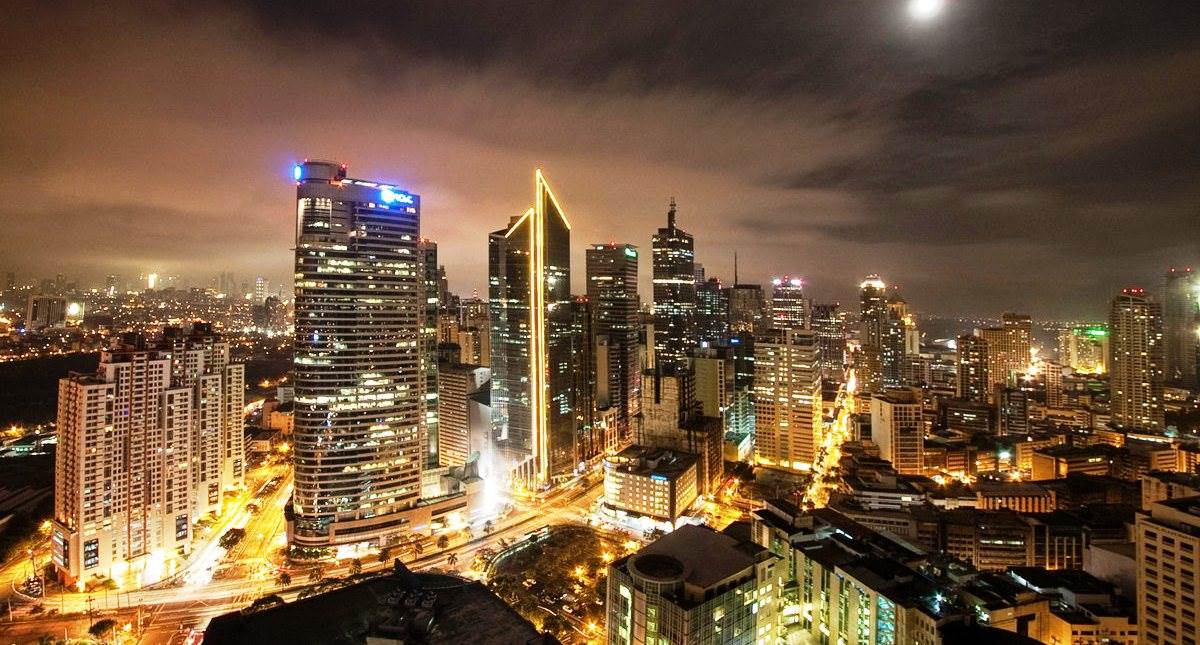
Reading Time: minutes
The Philippines is still one of the fastest growing economies in Asia. In a recent Bloomberg report, the Philippines' gross domestic product growth is pegged at 6.6% YoY during the last quarter of 2017. The recorded GDP percentage is "slightly below consensus expectations" but is still within the government's target range of 6.5 to 7.5%. The National Economic Development Authority Socioeconomic Planning Secretary Ernesto Pernia also said that the fourth quarter of 2017 provided a "strong finish" for the Philippines.
According to economic experts, the country is just behind China (6.9%) and Vietnam (6.8%) by a relatively low margin in terms of growth percentage. High prospects for the country are maintained as consumption, investments and government spending continue to accelerate. Data shows that consumption is still the top contributor to the country's GDP with 68.7% percent. Investment is also a key factor after it recorded an all-time high of 28.6% due to an exemplary increase in net foreign direct investments - which have risen to the 2016 level of USD 7.9 billion just by October 2017.
However, the rapid economic growth has led to a 677 billion peso-increase in the trade deficit. This will continue to impact the local currency significantly. The Bangko Sentral ng Pilipinas (BSP) is expected to make a move to counter its on-going depreciation, especially with the newly-implemented taxation reform. The Tax Reform for Acceleration and Inclusion (TRAIN) program is expected to aid the BSP in planning its countermeasure to achieve a "balanced foundation."
The economic momentum is expected to also be maintained in 2018 as the Duterte administration continues to roll out its ambitious $180 billion "Build, Build, Build" program. The outlook for 2018 remains positive and GDP is expected to grow even faster this year since it's supported by bigger government spending. We have already observed an acceleration in government spending which posted 14.3% YoY growth in 4Q/2017. This is a stark contrast from its 0.1% YoY growth in 1Q/2017.

